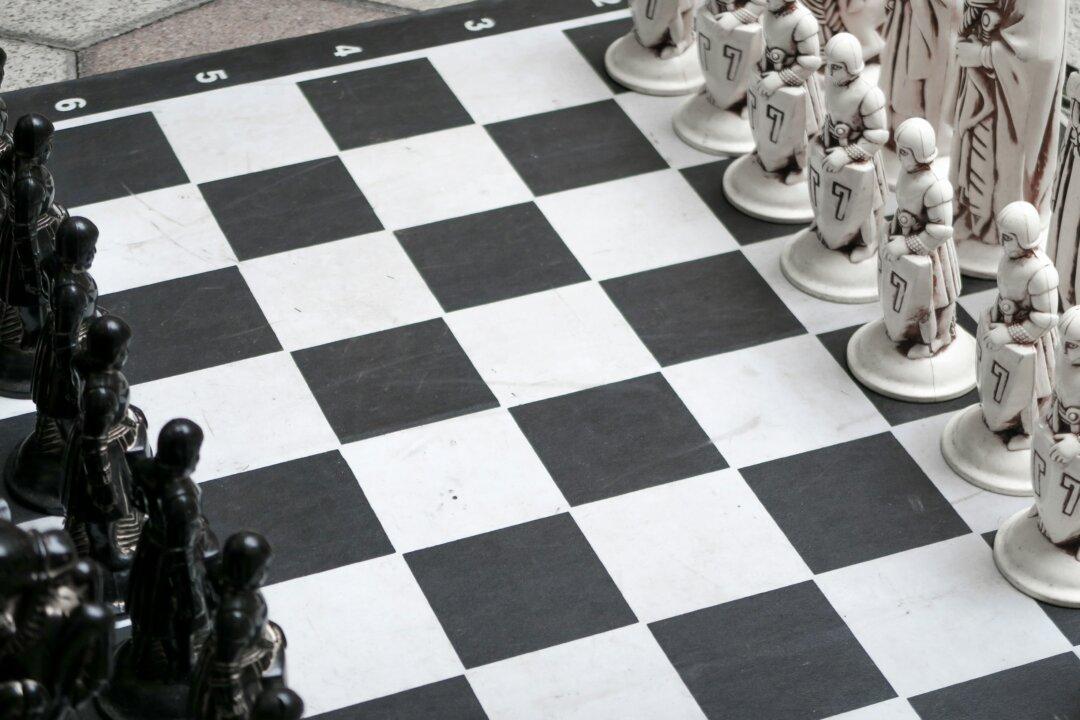The sight of high schoolers clapping and chanting in an explosion of collective energy could easily be mistaken for pep rally before the Big Game.
But these students at the Social Justice Humanitas Academy in Los Angeles aren’t getting psyched up for a football game. They are mentally preparing themselves to do battle against a different type of foe—colonialism, imperialism, capitalism, and other manifestations of “white supremacy”—with a chant that begins:
(Si Se Puede) Si Se Puede! Harambe_Umoja! Kemaktzin Mochihua! Isaaaaaaaaaang Bagsak! (Holla Back) We Got Your Back …This “unity chant,” which includes Spanish, Swahili and Native American phrases expressing support and solidarity (translation here), is used by some teachers of ethnic studies as an icebreaker before tackling such heavy-duty classroom topics as identity, oppression, power, solidarity and systemic racism. In the video link provided in the state’s proposed curriculum, the chant is led by Los Angeles consultant and educator R. Tolteka Cuauhtin, one of the authors of the 2019 proposed model curriculum that was rejected by state officials as too ideological.






